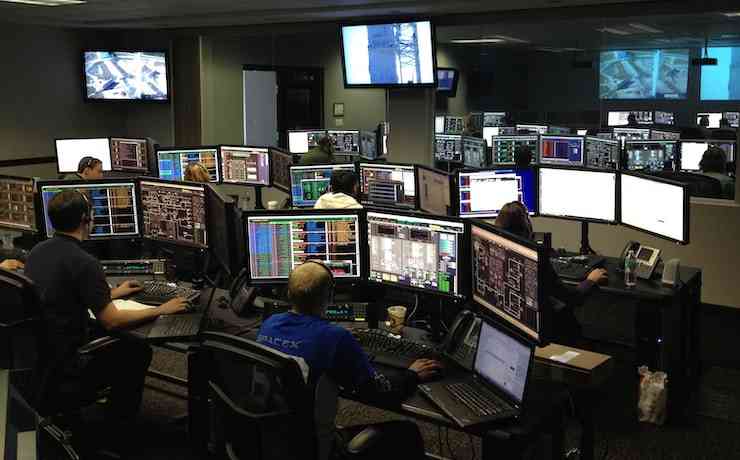
THE evolution of newsrooms over the past few decades has been a journey of adaptation and innovation.
As the media landscape has shifted dramatically from print to digital, newsrooms around the world have restructured and redefined themselves to stay relevant and effective.
This article summarises the different types of newsrooms that have emerged in this era of digital transformation, each reflecting a unique approach to content creation and distribution.
Newsroom 1.0 — Multiple media newsroom
The first evolutionary stage, Newsroom 1.0, is characterised by having separate editorial units for print and online platforms.
This model varied in sophistication, ranging from simple online operations that slightly modify print content for web publishing to setups with dedicated online reporters and editors.
Its primary function was to maintain distinct operations for print and online, leading to a duplication of effort and a clear divide in content generation and editing.
The significant challenge for this model was its siloed approach, which hindered a digital mindset change ´due to its print-centric focus.
- Public relations: Which innovations are driving PR in 2022 and beyond?
- Vitalis Takawira Jr tracing dad’s footsteps
- In defence of Trevor Ncube
- Fluidity, collusion: The new PR & communication philosophy
Keep Reading
Newsroom 2.0 — Cross Media Newsroom
Transitioning to the Newsroom 2.0 model, we saw a shift towards a cross-media approach.
Here, content creators generated material for all channels, including print, online, video and audio, within a matrix organisation.
This model aimed to streamline content creation across platforms but still maintained distinct responsibilities for each channel.
A central figure often moderated output, balanced priorities and content placement across platforms.
However, this model faced challenges such as conflicts between platform heads, work overload and confusion due to the complexity of managing content across multiple platforms, leading to quality issues and inconsistent messaging.
Nethertheless, it was very popular in many organisations since it was allegedly easy to implement and provided cost-savings.
Newsroom 3.0 — Media-Integrated Newsroom
Newsroom 3.0 represented a significant step towards integration of news flow across print and digital media.
This approach eliminated the concept of separate channel heads, with the section head responsible for story coverage across all platforms.
The section head decided how best to tell a story across different channels using the most appropriate format, thus eliminating the “us versus them” mentality between different channels.
The major challenge here was finding leaders skilled in multi-platform journalism and balancing the focus between print and digital media.
Newsroom 4.0 — Mobile-First Newsroom
The most recent evolution is the Newsroom 4.0 model, which places a strong emphasis on mobile as the primary platform.
This model focuses on creating content specifically for mobile audiences, mirroring the single-platform focus of earlier newsroom 1.0, but cantered around mobile.
While mobile content is prioritised, other platforms are not neglected, with dedicated teams adapting content for specific needs.
The challenge lies in ensuring mobile content is uniquely tailored for mobile experiences and not just a reduced version of web content.
What’s next?
The continuous evolution of newsrooms reflects the dynamic and ever-changing media landscape.
From the segregation of print and online in Newsroom 1.0 to the mobile-centric approach of Newsroom 4.0, each model has demonstrated its own strengths and challenges.
As we look to the future, the emergence of AI and machine learning will usher in Newsroom 5.0 — an audience-centric newsroom.
The constant throughout this evolution is the need for newsrooms to remain agile and responsive to both the changing needs of their audience and the ongoing technological advancements.
Dietmar Schantin is a digital media strategist and has helped to transform the editorial and commercial operations of media brands around the world.










